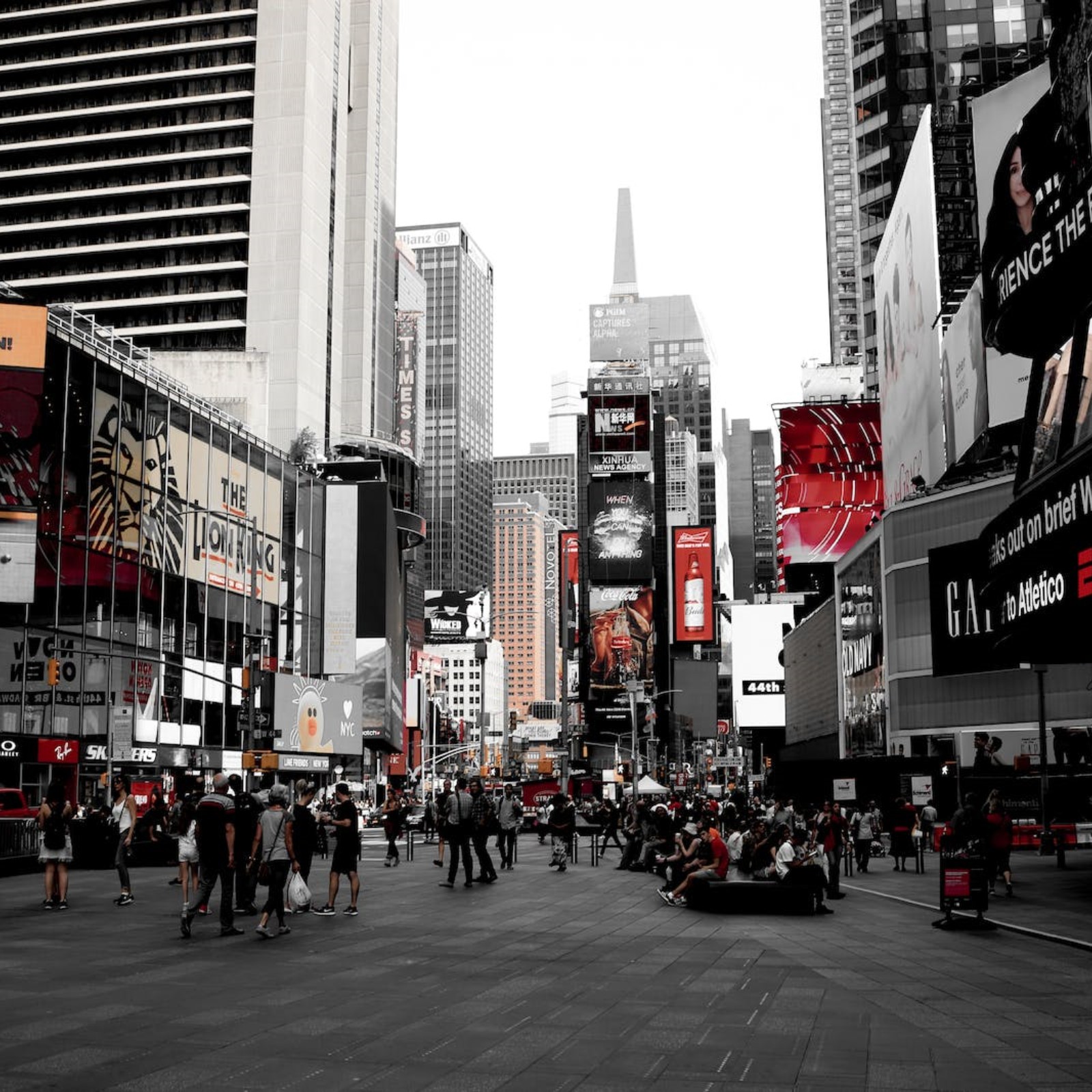未来建筑推荐书单英语
As an experienced website editor, I am thrilled to present a curated list of must-read books that delve into the fascinating world of future architecture. These thought-provoking reads offer insights into innovative design concepts, sustainable practices, and cutting-edge technologies that are shaping the built environment of tomorrow. Whether you are an architect, designer, urban planner, or simply a curious reader, these books will inspire and challenge your perspective on the future of architecture.
1. "The Third Teacher: Education Redefined" by OWP/P | CannonDesign, Prakash Nair, and Randall Fielding
This groundbreaking book explores the role of architecture in shaping the future of education. It examines how learning spaces can be redefined to better support the needs of students, teachers, and communities in the 21st century. Through case studies and thought-provoking analysis, "The Third Teacher" offers a fresh perspective on the intersection of architecture and education.
2. "Building Tomorrow: Transforming the World One Building at a Time" by Michael L. Linger
In this inspiring book, Michael Linger takes readers on a journey through some of the most innovative and sustainable buildings in the world. From skyscrapers to schools, Linger showcases how architecture can address pressing global challenges such as climate change, resource scarcity, and social inequality. "Building Tomorrow" is a must-read for anyone interested in the transformative power of architecture.
3. "The Greenest Building: Integrative Design for a Sustainable Future" by authors on the forefront of sustainable architecture
This comprehensive guide to sustainable architecture explores the concept of "the greenest building" and offers practical strategies for creating buildings that minimize environmental impact while maximizing occupant comfort and well-being. With contributions from leading architects and designers, "The Greenest Building" provides valuable insights into the latest trends and best practices in sustainable design.
4. "The Future of Architecture: From Sensing to Wow!" by俞孔坚 (Yong Qian)
In this thought-provoking book, renowned architect Yong Qian explores the future of architecture through the lens of sensory experiences. He argues that architecture must evolve to engage all five senses, creating spaces that are not only visually appealing but also tactile, auditory, olfactory, and gustatory. "The Future of Architecture" challenges readers to think beyond traditional design principles and embrace a more holistic approach to creating built environments.
5. "Architectural Design with Arduino: Building Interactive Objects, Spaces, and Experiences" by Massimo Banzi and Michael Shiloh
This book introduces architects and designers to the world of Arduino, an open-source electronics platform that allows for the creation of interactive objects and spaces. Banzi and Shiloh provide step-by-step instructions for incorporating Arduino technology into architectural design, enabling readers to explore new possibilities for integrating technology and architecture in innovative ways.
6. "The Responsive City: Responsive Technologies in Architecture" by architects and researchers at the forefront of responsive design
This collection of essays and case studies explores the role of responsive technologies in shaping the future of architecture. From smart materials to adaptive facades, "The Responsive City" examines how architecture can respond to environmental conditions, user needs, and social dynamics. This book offers a glimpse into the future of architecture, where buildings are not static entities but dynamic systems that interact with their surroundings.
7. "Designing forHope: Pathways to a Sustainable Future" by Halina S. Brown, John A. Heywood, and Peter H. Smith
In this inspiring book, the authors present a vision for a sustainable future through the lens of architecture and design. They argue that architects and designers have a crucial role to play in addressing global challenges such as climate change, social inequality, and environmental degradation. "Designing for Hope" offers practical strategies and case studies for creating buildings and communities that are both sustainable and resilient.
These books offer a glimpse into the future of architecture, showcasing the incredible potential of innovative design, sustainable practices, and cutting-edge technologies. By exploring these thought-provoking reads, readers will gain a deeper understanding of the evolving landscape of architecture and be inspired to contribute to the creation of a more sustainable and inclusive built environment.













